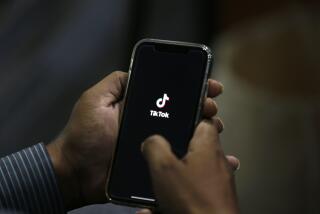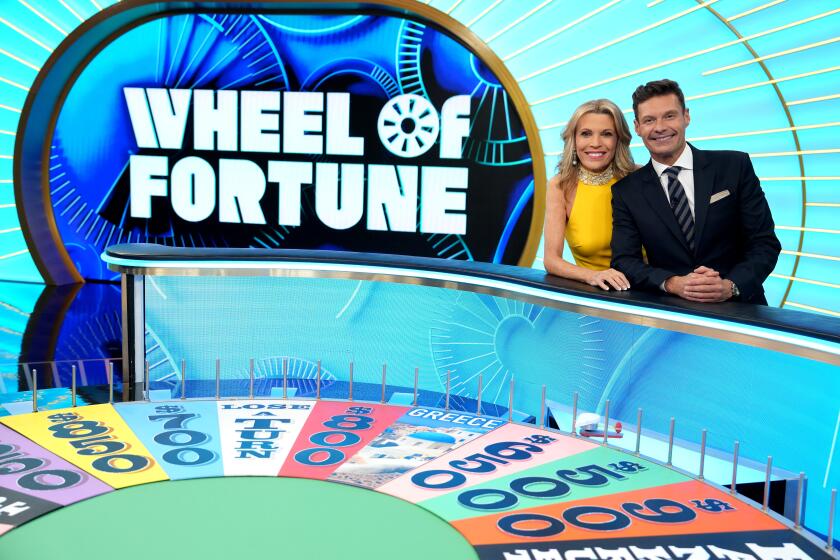Remote control
ARMED WITH the latest studies documenting a rise in televised mayhem, some activists are pushing Congress to extend the federal nanny state’s purview to TV violence. The networks’ growing fascination with maiming, killing and vivisecting may be lamentable, but regulations to limit violence on over-the-air television would be even less rational and enforceable than the government’s shifting standards for indecency and profanity.
A bill by Sen. John D. Rockefeller IV (D-W.Va.), which was offered in 2005 and is expected to be reintroduced this year, would allow the Federal Communications Commission to regulate “gratuitous and excessively violent” shows on local broadcast stations and on basic cable networks. (The FCC limits when indecent material can be broadcast by local stations but has no authority to regulate violent programming.) If the FCC found industry efforts at self-regulation ineffective, it could bar violent broadcasts during the hours children are likely to be watching.
There’s an obvious 1st Amendment problem with any effort by government to regulate speech. Beyond that, though, there are at least two difficulties with proposals such as Rockefeller’s.
First, it’s difficult to define what constitutes violence, let alone what is gratuitous or excessive. Does mental torture qualify? How about a documentary with graphic scenes of deaths and injuries caused by drunk drivers? Should news footage be included? Cartoons?
Second, it’s hard to see how a crackdown on broadcasters would do much to protect kids when over-the-air stations represent only one source of violent programming -- and the tamest one at that. This is one of the fundamental problems with the FCC’s approach to regulating indecency too.
The public’s taste for graphic programming is clear, as evidenced by the success of such shows as CBS’ “CSI” franchise, which at last count included three separate programs, one of which is on almost every night of the week. If regulators try to push those shows from prime time to premium networks or to late-night TV, what difference does that make in homes with HBO or TiVo, which makes it simple to shift a late-night program to an earlier hour the next day? And how can they stop programs from spreading to other outlets that are easy for kids to find, including online stores, the networks’ websites and mobile-phone services?
The best way to protect kids from inappropriate fare on TV is for parents to monitor what they watch. Better parental controls for filtering TV are emerging, as is more useful information about content. Instead of trying to make decisions for Mom and Dad, the government should be pushing the industry to provide more effective ways for them to control what their kids are watching.
More to Read
The biggest entertainment stories
Get our big stories about Hollywood, film, television, music, arts, culture and more right in your inbox as soon as they publish.
You may occasionally receive promotional content from the Los Angeles Times.










